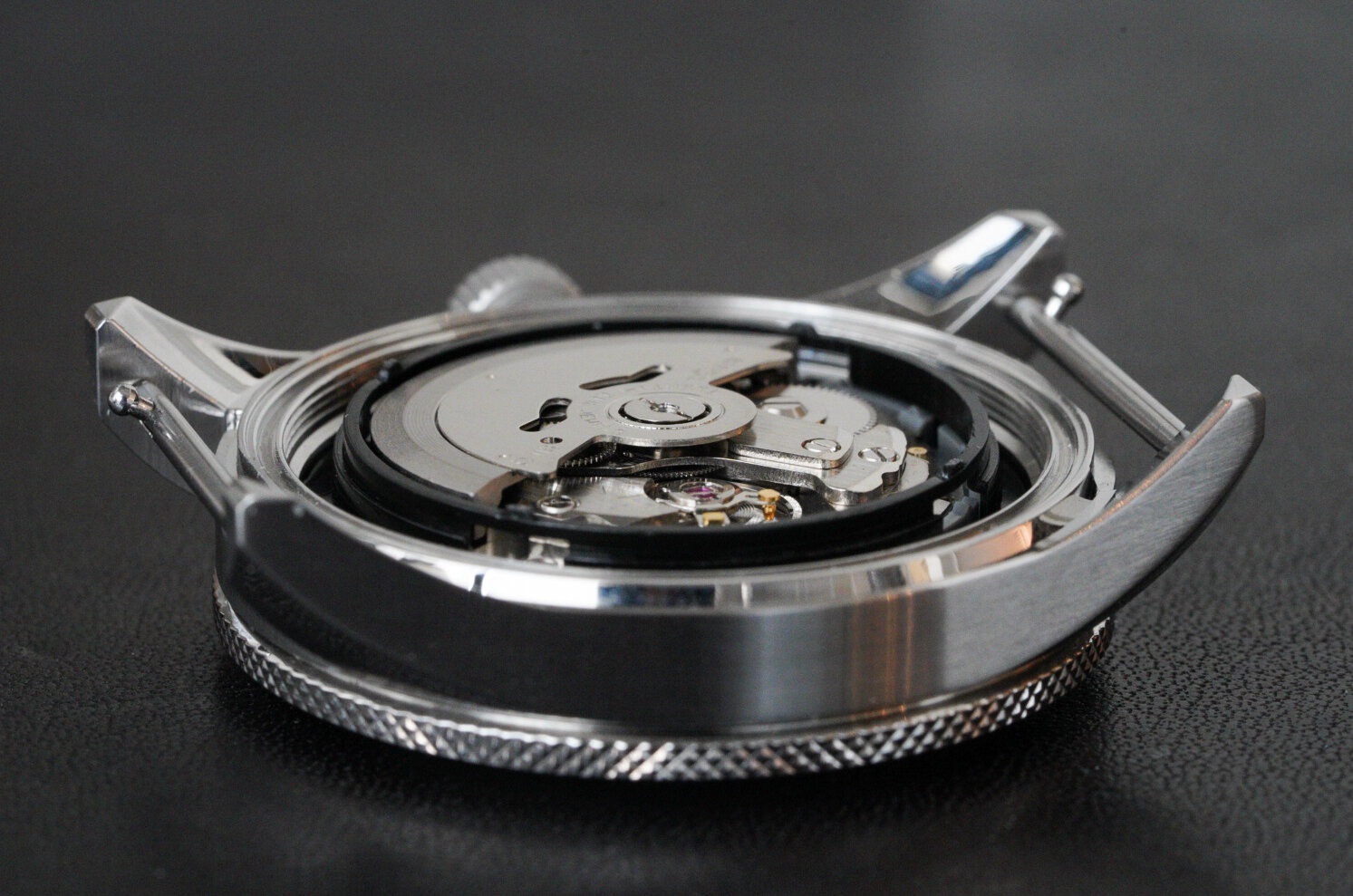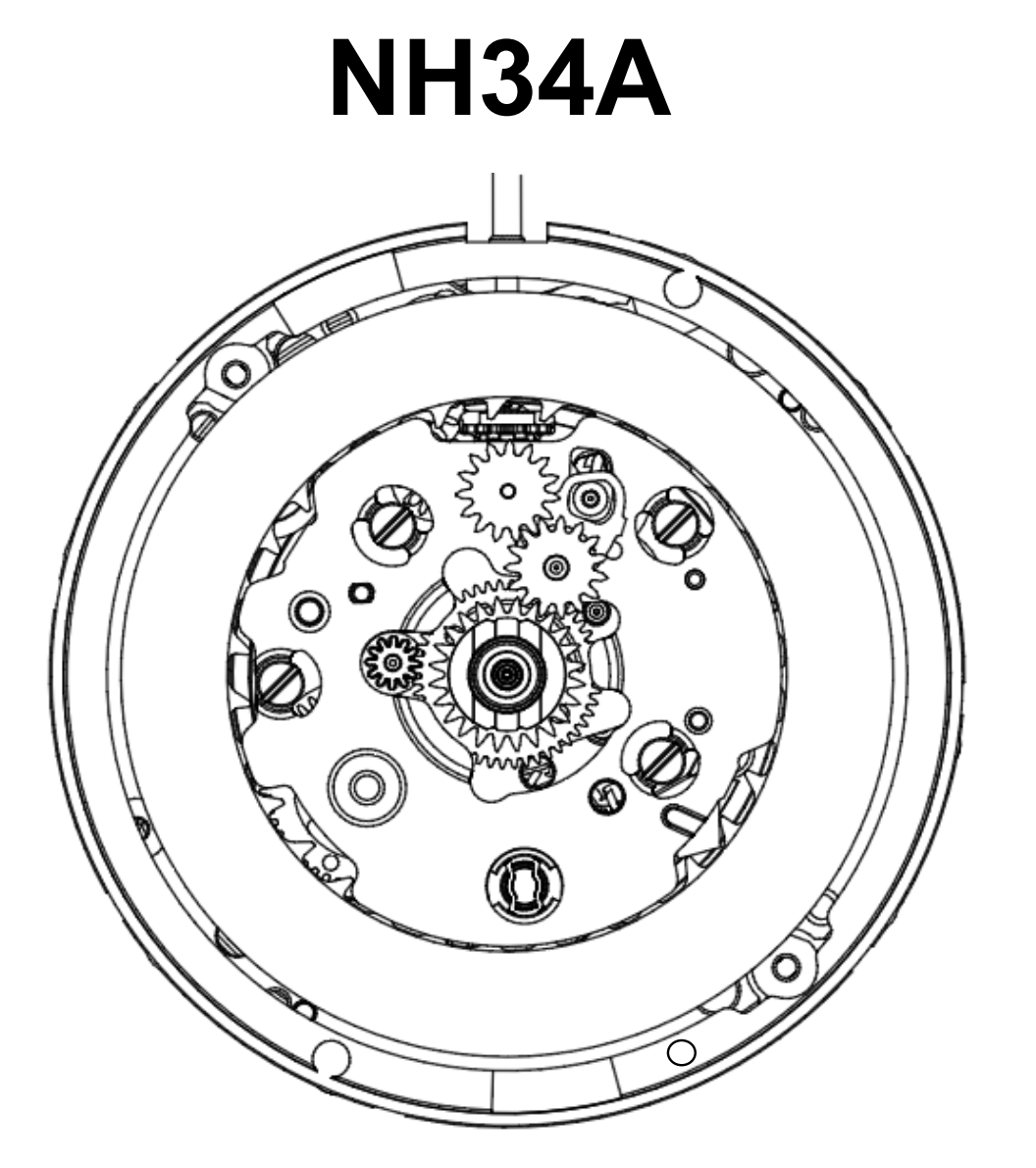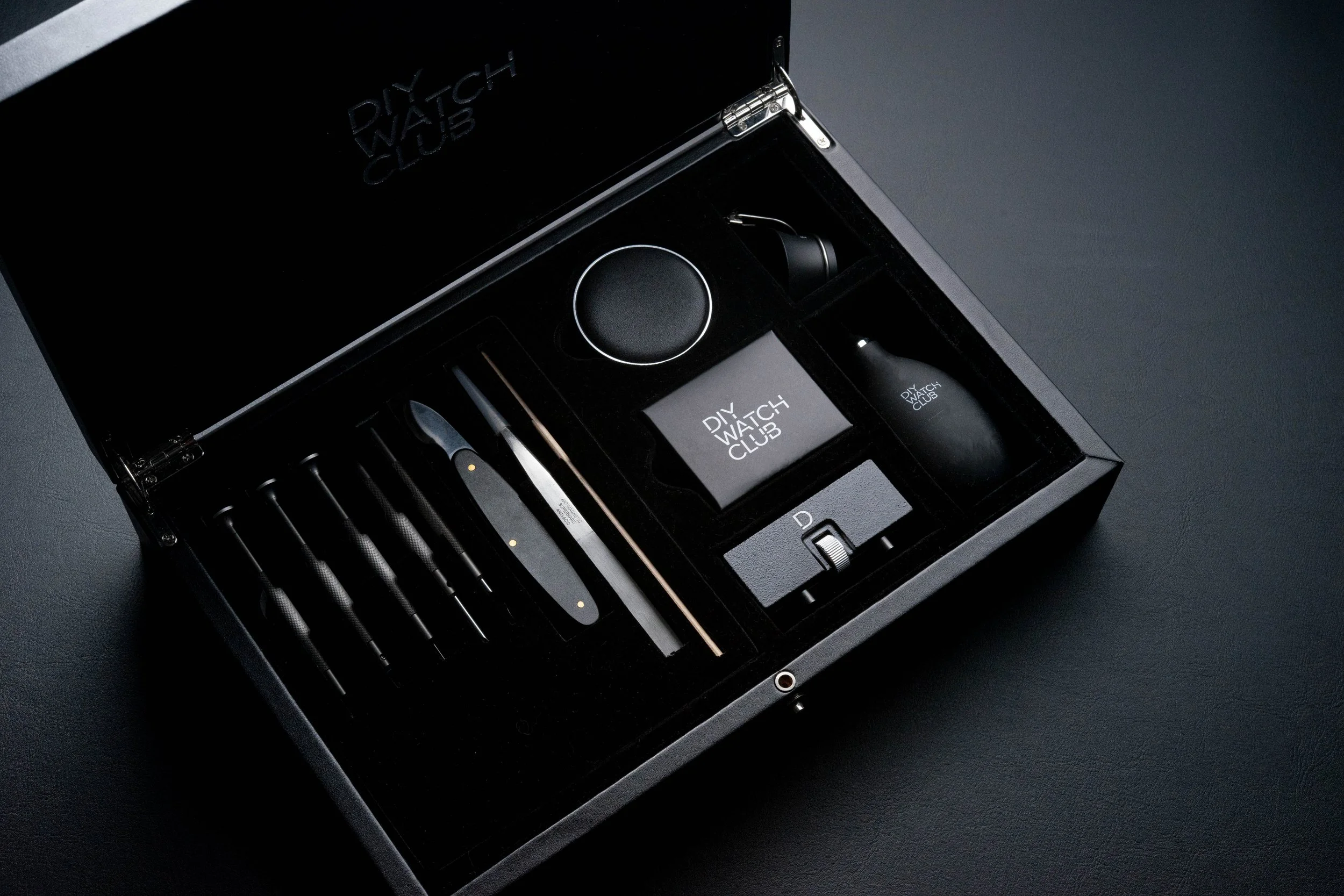How to Quickly Fix a Loose or Noisy Seiko Rotor
Loud rotor noise can be a sign of a loose watch rotor
Observed closely, you may notice that the rotor is not sitting onto the post properly if it is loose.
Loose rotor is a problem commonly found in Seiko watches, such as the earlier Seiko SKX or Monster, due to a design flaw. If you find your watch making a strange rattling noise, as opposed to the usual spinning sound, its rotor is probably loose.
An automatic rotor is one of the indispensable components of a mechanical watch as it helps wind the watch automatically when the wearer moves the wrist. However, people frequently encounter an issue of having a loose rotor. At best, it might just scratch the movement or the case back; at worst, it might stop the watch or even cause irreparable damages.
If you do run into such difficulty, you need not worry about it. Fixing a loose rotor is a piece of cake. In this article, we'll show you how to identify a loose rotor and how to repair it.
How to identify if my rotor is loose?
To check if your rotor is loose, you may begin with basic observation.
Give your watch a few shakes and listen to the sound the watch is making. If you hear a scraping sound, which is like a metallic sound that scrapes the case back or movement, your rotor most likely is loose.
For most of the Seiko rotors, particularly 7S26 and 6r15, it is normal to hear some sound during winding. But the spinning sound would be different from that of a loose rotor. The normal sound is much more of a smooth running mechanical sound.
If your watch has a display case back, you can gently shake the watch and check whether the rotor is moving as free as it used to be. If not, probably your rotor is loose.
If you are still not sure whether you watch is loose by just looking, you may follow the steps below to remove the case back and check up on your rotor:
Tools needed:
Case back opener
Pegwood/Finger cot
Threadlocker (optional)
1. Remove the Case Back
You want to remove the case back first before you reach the rotor. The method of case back removal differs across different watch models. Most watches, for example a Seiko diver, have a screw on case back. For this kind of case back, using a case back opener, you turn the case back anticlockwise to loosen the case back. Then you may continue turning it with your hands until it is taken off. When setting down the case, put it with the internal side downwards so as to avoid collecting dust.
2. Check the Rotor
Now you may see an oscillating weight, which is the rotor on the back of the watch. To check if the rotor is loose, you may use a piece of pegwood or a finger with finger cot to gently apply pressure and rotate the rotor. If the rotor comes into contact with the movement on its edge, or if it wobbles around the horizontal plane, the rotor is loose.
How to fix the loose rotor?
Keep a downward pressure and stay perpendicular to the rotor when tightening the screw.
If you are certain that you have a loose rotor, you may follow the following guide closely to repair it.
Tighten the Screw
With the case back removed, you can tighten the central screw with a flat-headed screwdriver. Remember to keep a downward pressure and stay perpendicular to the rotor. You may stop turning when you feel resistance on the screwdriver. At this point, try to wobble the rotor and check if there's any scratchy sound. Besides, check if the gears are engaged correctly and if it can move freely. If so, you can proceed to tighten the screw. An extra 5 degrees of turn from the resistance point will sufficiently tighten the screw. Do not over tighten it or you'll risk damaging the screw thread. If the rotor is still loose, maybe the screw is not angled correctly. You can simply unscrew and reinstall it.
Optional: Using Threadlocker
Your rotor may still loosen again as the screw spins with the rotor when it is oscillating. If you want to keep your rotor bolt from loosening again, you can add this step before screwing back the rotor in:
Loosen screw & Apply Purple Loctite
Apply Loctite 222 inside the area highlighted in red, which is the screw thread
Use a flat-headed screwdriver to loosen the screw that secured the rotor to the movement. Using a pair of tweezers, place it on a flat working surface. Then, dip a tiny bit of threadlocker, like the purple Loctite 222, with an oiler and apply it on the inner side of the screw thread on the rotor (that is the central opening on the rotor). If you do not have an oiler, a toothpick or anything with a very fine tip will do. An infinitesimal amount of it, like a thin coat on the tip of the oiler, would be enough. If you apply too much Loctite onto the rotor, it may penetrate into the movement and cause irreparable damage. To prevent the excess Loctite from dropping into the movement, wipe the excess off before reinstalling the rotor. Then you can screw in the rotor as mentioned above in step 2.
Loctite works as a glue that solidifies when there is an absence of oxygen, i.e. when the screw thread is tightened. It will help secure the rotor in the screw thread.
Final Check
After ensuring all the components are working properly, check if there's any dust, stain or scratches on the rotor. Clean it with a hand pump and Rodico before closing the case back.
That’s it!
This is how you can fix a loose rotor. You can now solve the problem yourself when encountering the same problem again. Enjoy the watch without the annoying rattling noise!













Blued hands and screws are ubiquitous existences in the history of watchmaking. Behind that frequent appearance though is a history and science that go beyond the aesthetic value of flame bluing.